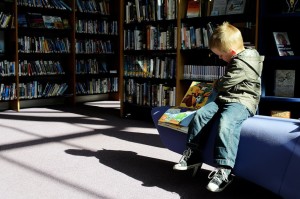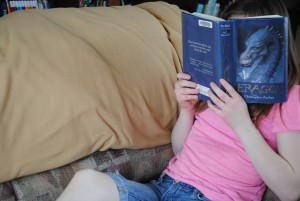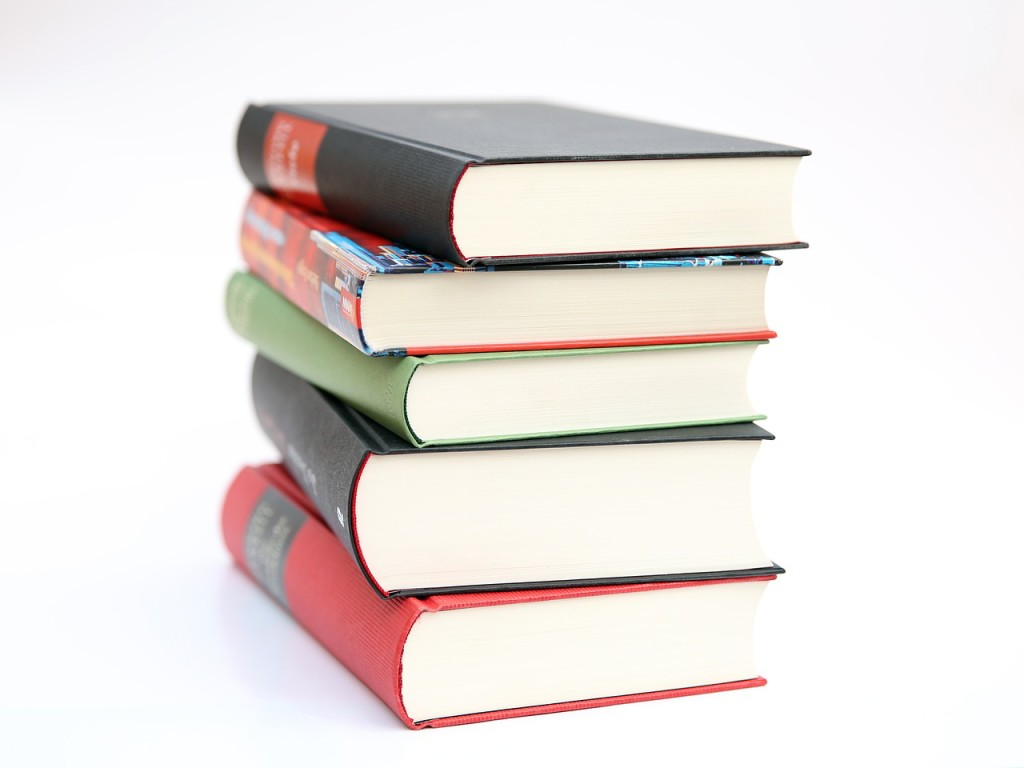 Like Thomas Jefferson’s quote, “I cannot live without books,” I too cannot live without books. Ever since my first visit to a public library at a very early age, books have been an integral part of my life helping me develop my imagination and learn. Books have been my constant friends as a self-educator, and at times when I needed help in a specific area, certain books by some of my favorite authors have been life changing.
Like Thomas Jefferson’s quote, “I cannot live without books,” I too cannot live without books. Ever since my first visit to a public library at a very early age, books have been an integral part of my life helping me develop my imagination and learn. Books have been my constant friends as a self-educator, and at times when I needed help in a specific area, certain books by some of my favorite authors have been life changing.
When I visit my local library, shop my favorite book store, locally or online or if I just stand in front of my bookshelves at home, I feel the living messages forever captured in these books, beckoning me to read and open myself to love more, live more and learn more. Books help us with learning and self discovery enabling us to reach greater depths within ourselves. As Carlos Ruiz Zafon writes, “Books are mirrors: You only see in them what you already have inside you.”
At other times it’s all about seeing things from another person’s perspective to have a greater understanding about others and the world we share. We are given a chance to grow through controversial issues from the comfort of our home as we read such books like To Kill a Mockingbird by Harper Lee. It is that very education that brought farm boy Abraham Lincoln to be president of the United States.
“You never really understand a person until you consider things from his point of view – until you climb into his skin and walk around in it.” –Harper Lee, To Kill a Mockingbird
As you raise your children I cannot emphasize enough how important it is to build your own family library. It’s more than just filling shelves with books; it’s an investment and shaping of your family legacy. The power of your family library is expressed in the research results revealing that families who had the availability of a large number of books in the home have children who do better in their academics and score higher on standardized tests. Many of the most successful individuals throughout history and today grew up in homes with an extensive family library.
When children have a collection of classics, biographies and books on geography, history, natural science, poetry, art and music history, how to and self-help, they are able to access them according to their inclination and interest-led learning. As you build your library you will find they have favorites that are re-read several times. Even though it’s the same book, something new is always seen that was not seen before. Clifton Fadiman said, “When you reread a classic, you do not see more in the book than you did before; you see more in you than was there before.”
Begin building your library by creating a list of books you want to read and that are appropriate for each of your children’s level of reading and understanding. You can find and familiarize yourself with extensive lists of classics and award-winning books online at http://en.wikipedia.org/wiki/100_Classic_Book_Collection and www.booklistonline.com/awards. I’ve created extensive booklists including “Read Alouds that Build Reading Skill,” “Read-to-Me Books for the Young,” “First Two Years of Reading to Build Skill,” “Math Classics,” “Books that Build Character” and “Course of Reading for Whole Education,” all found in An Inspired Education Inner Circle. It’s a constant work in progress as I am adding various lists for children as well as parents.
There’s more to it than just having the books on the shelves; it’s about using them, reading on a daily basis and incorporating your family library into everyday living. Books belong on the shelves for accessibility but they really need to be everywhere to encourage your children in a love for learning.
 Here are five ways you can incorporate books into your everyday living so children learn a love for reading.
Here are five ways you can incorporate books into your everyday living so children learn a love for reading.
- Have designated shelves for books categorized in their respective groups such as classics for the youngest students, early readers, chapter books and classics for teen readers. Other sections include history, natural science and geography, art and music. Depending on the amount of available shelf space all these special interest books may be on the same shelf. What’s important is that your young children know where to find the kind of book they are looking for. The easier the usability the greater the success they will have using the books. Also, place books for the young on lower shelves where they can reach and gradually move up, filling the bookshelf with the most complex books on upper shelves where teens and adults can reach.
- Keep books throughout your home. Even though you may have designated shelves, keep some books on table tops, desks and nightstands. Have books on health, cooking and decorating in the kitchen. Use books as decoration, setting them upright so you can see the beautiful cover. Choose books that you want your children to explore, perhaps several on a particular subject, and place a stack on the coffee table or in a place where they sit often.
- Fill all electronic devices with books so everyone can enjoy books not only in printed form, but digitally as well. Turn on the excitement about being able to carry their library with them on an e-reader. It’s important that they learn to appreciate physical and digital books because they both have their individual benefits.
- Don’t stop going to the public library. It is important that your children have access to the resources at your public library. However, by building your own library your children are not limited to a weekly trip but have books constantly. Be sure to keep your library books in a basket or container or specific area separate from your home library.
- Go shopping often for books. Whether it’s at the bookstore, resale shop, library sales or collector editions, include your children in the joy of book shopping. Also, include books as gifts for your children on holidays, birthdays and special occasions. Their own personal library can begin during childhood and grow with them as they move into adulthood. Take your lists with you to prevent double buying and keep at the top of your mind with each book you buy whether or not you want it as a part of the legacy you are building through your family library.
Look for ways you can build your family library. It will give your family the knowledge, understanding and ability to grow to greater heights. Daniel Defoe wrote in Robinson Crusoe, “How frequently, in the course of our lives, the evil which in itself we seek most to shun, and which, when we are fallen into, is the most dreadful to us, is oftentimes the very means or door of our deliverance, by which alone we can
be raised again from the affliction we are fallen into.” Your family library and the stories and lessons within its pages will provide the education and building of a knowing necessary to navigate the course of our lives.
 Parents Inspired to Action:
Parents Inspired to Action:
- Begin planning your family library with the tips shown above. If you already have a library being developed, evaluate ways you can improve it.
- Create a list of books you already have in your family library and the books you want to add to your family library.
- Create areas throughout your home where books are displayed or out for exploration.
Children Inspired to Action:
- Read aloud to your children so they can appreciate the value of a good story. For children who are old enough, have them read aloud to you at times.
- Ask your children for their input on the best books they’ve read and if there are any they have on their “wish list.”
- Help your children create a special reading area in their room, cozy with a place to sit near their bookshelf, encouraging them to spend time enjoying reading.

